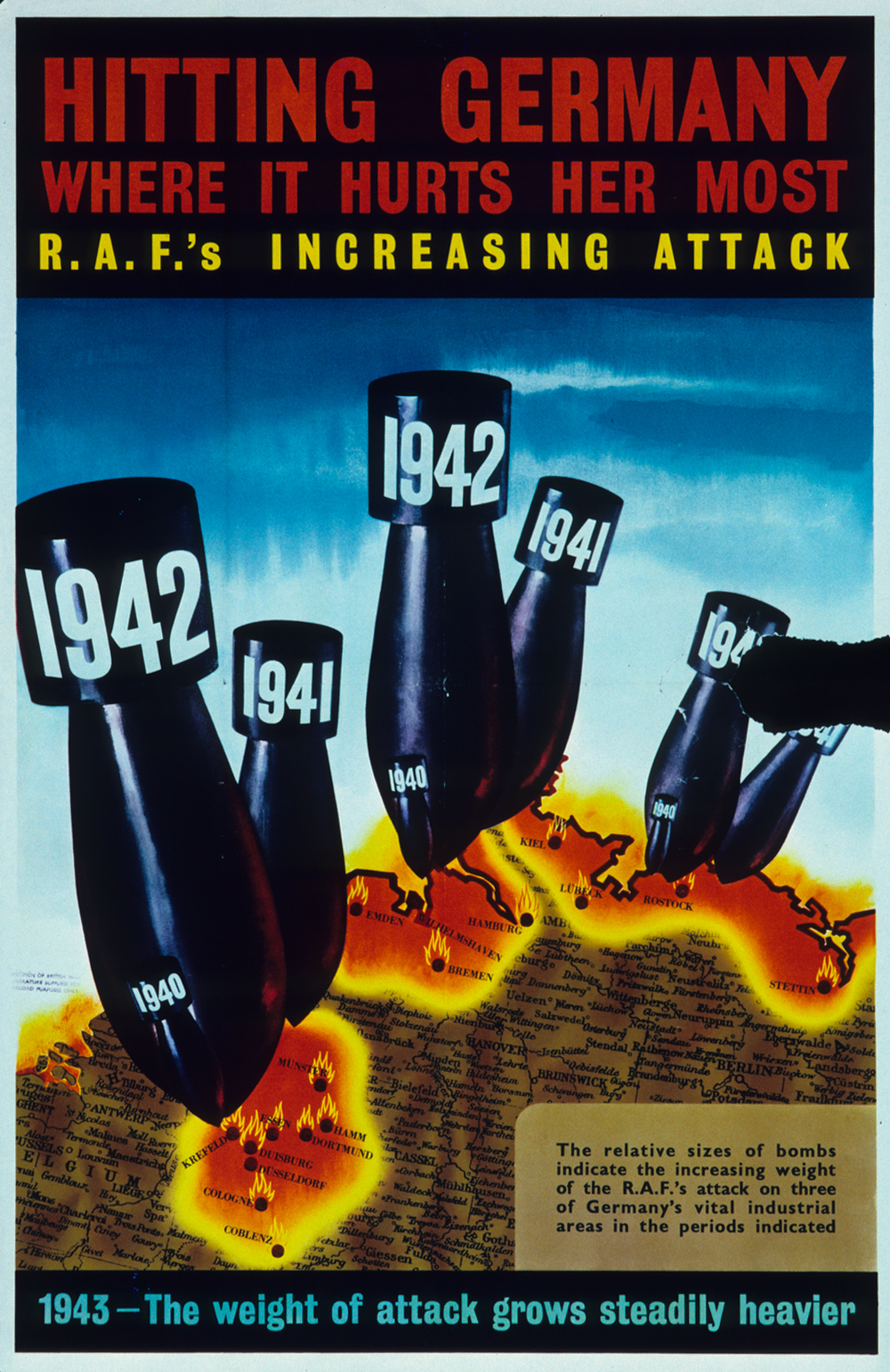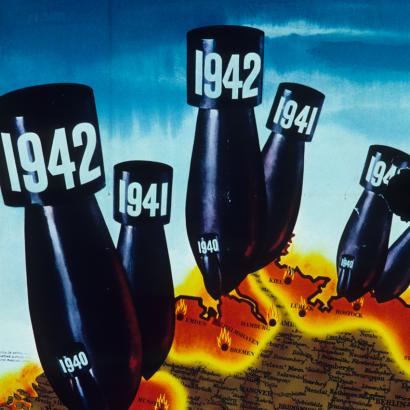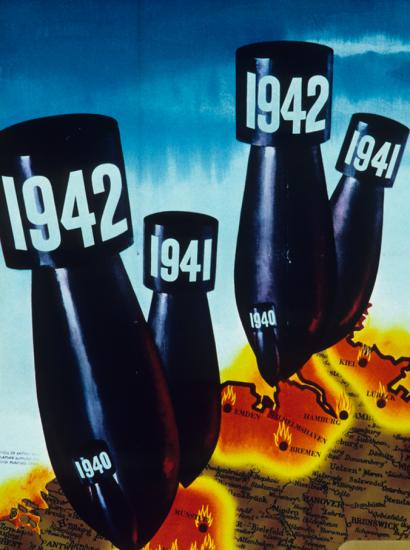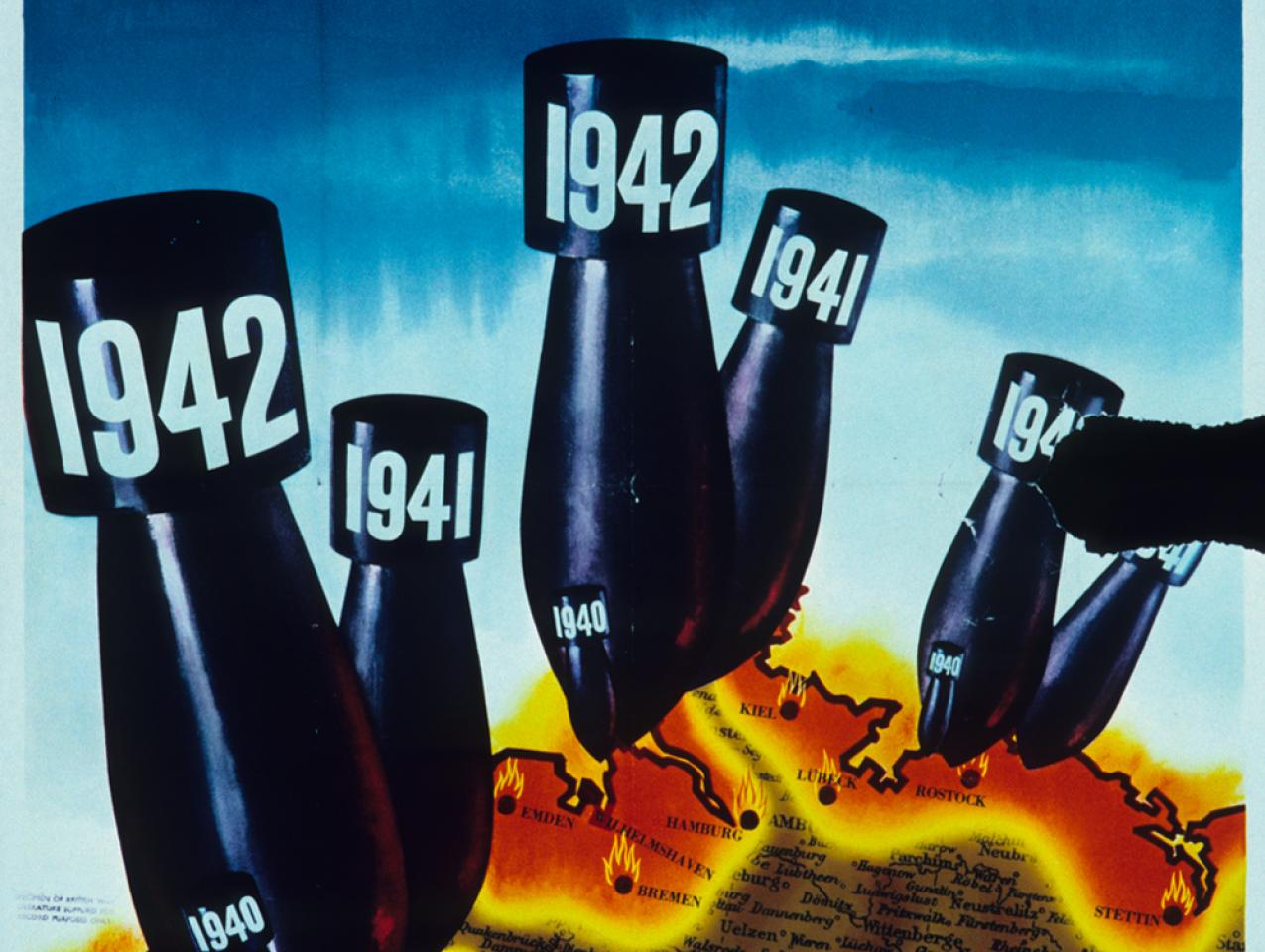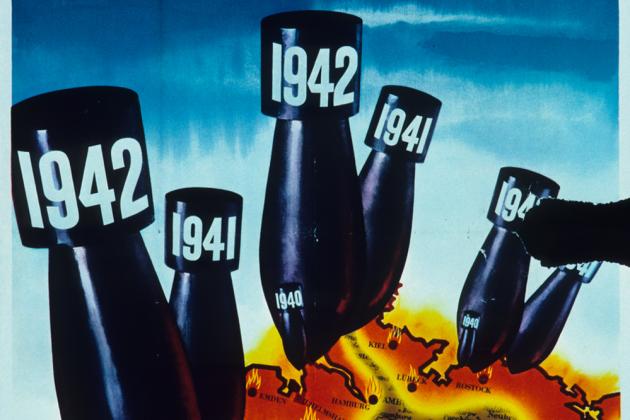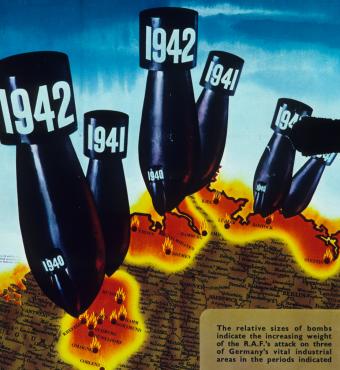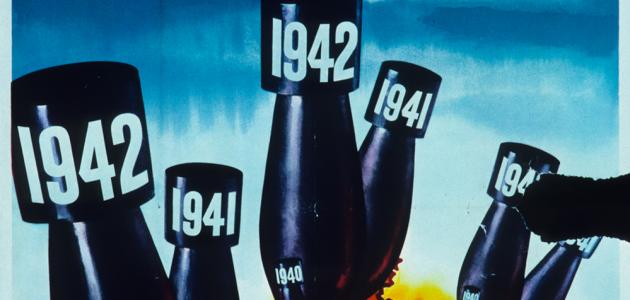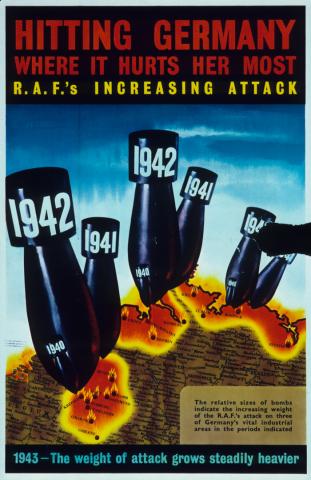On October 19 the Institute for the Study of War warned that Russia was “setting information conditions to conduct a false-flag attack on the Kakhovka Hydroelectric Power Plant.” Damage to the plant would unleash a wall of water south along the Dnipro River, flooding the area near Kherson and inhibiting a military crossing of the river. This warning comes in the wake of a successful Ukrainian counteroffensive that is likely to reach Kherson soon. Russia has already begun mandatory evacuations of the civilian population from the city, ostensibly for humanitarian reasons but more likely in an attempt to ethnically cleanse the region. The fall of Kherson would position Ukrainian forces to continue their offensive along the Black Sea coast and into Crimea, further jeopardizing the Russian hold on the illegally annexed territories in southern and eastern Ukraine.
Destroying dams to unleash flooding was a tactic used extensively in World War II by both the Allies and Germany. RAF Bomber Command used special “bouncing” bombs in Operation Chastise to breach two dams (a third dam was slightly damaged) in the Ruhr Valley, flooding factories, mines, and power stations in a daring night raid on May 16-17, 1943. Anti-aircraft fire downed eight of the nineteen Lancaster bombers taking part in the raid, with fifty-three crewmen killed and three taken prisoner. Upwards of thirteen hundred people drowned as a result of the flooding, which had a modest impact on German industrial production.
Of greater significance were the dams along the headwaters of the Roer River, positioned directly east of the Hürtgen Forest. If the Germans deliberately breached these dams, the resulting floods would isolate any Allied forces downstream that had crossed to the east side of the river. Seizing the dams became a critical objective for the First U.S. Army, under the command of Lt. Gen. Courtney Hodges, only after the disastrous Battle of the Hürtgen Forest had decimated five American infantry divisions in the fall of 1944. The German counteroffensive in the Ardennes Forest brought a lull to the fighting in the Hürtgen Forest from mid-December to the end of January 1945, but on February 5 the 82nd Airborne Division and the 78th Infantry Division resumed offensive operations to seize the dams. Although the offensive succeeded in reaching the key Schwammenauel Dam within a matter of days, the Germans destroyed the gate house, power room, and discharge valves controlling the flow of water downstream. The resulting flooding forced the postponement of the Allied offensive to cross the Roer River (Operation Grenade) by two weeks.
The Ukrainians are undoubtedly aware of the dangers presented by the destruction of the dam and power plant upstream from Kherson and are amassing bridging material to compensate. If the history of similar events in World War II tells us anything, any reprieve the Russians gain from unleashing the waters of the Dnipro River will be temporary.







